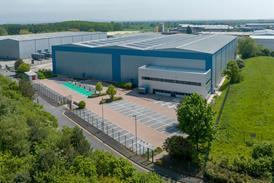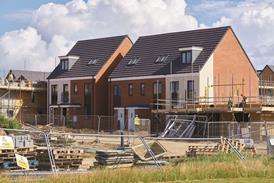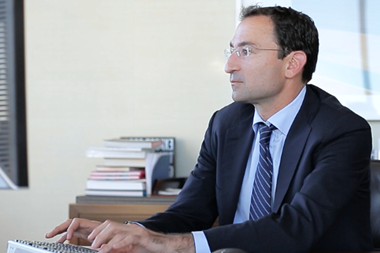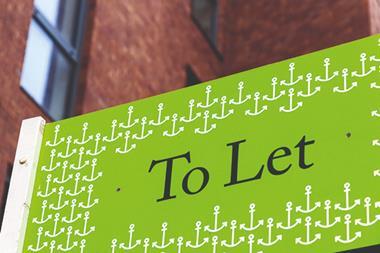Economic instability has led to speculation about a decline in the commercial real estate market. This is driven by a wealth of factors, not least the impact of the war in Ukraine on supply chains and rising inflation globally, producing higher interest rates.
But it is important to remember that the contributing factors do not have to be permanent or represent long- term material change.
Interest rates fell as low as 0.1% as banks reacted to Covid. They rose slightly to 0.25% in February to counterbalance inflation and have since risen to 1.25%, but a holistic view clearly shows they are still low.
Although rising rates contribute to a perception of instability and pull up property yields, UK yields have only been at their recent low for six to nine months and reductions in prime yields by market experts seem to have been based on a handful of deals. Maybe overall yield trends were exaggerated and led to bullish pricing at the end of the bull market.
We are in for a slow six to 12 months as markets settle. But we can hope to see counter-infaltionary policies working, and geopolitical affairs becoming clearer, which will restore confidence. Reports of deals falling through often involve high-priced assets that did not reach the desired value in today’s environment. Companies taking such properties off the market are usually those that can afford to, rather than those in distress. These owners are either equity-rich or locked into long-term, low-rate finance deals.

Conditions are different in each sector. Logistics has been the ‘darling’ sector due to a fundamental change in lifestyles. While there are reports of prices falling from their peak, the best logistics properties will continue to attract demand.
The buy-to-rent market is driving residential investment, while demand for life sciences property in established clusters is soaring – high demand, high capital investment and pandemic issues making this sector particularly buoyant.
For retail, falling demand has forced the market to adapt to suit changing lifestyles. Properties are being repurposed, repriced and rebuilt, but the sector is not dead; it is merely different.
To sustain demand, people-led spaces, such as offices, retail or residential, must adapt to the changing attitudes of corporations, property investors and occupiers. There is a huge need for space that considers ESG factors.
Stakeholders want buildings that are moving towards being carbon neutral, with healthy airflow, smart tech and co-operative spaces. Old, tired buildings will become obsolete while those that adhere to changing public attitudes will perform well as demand continues to pick up pace.
While the market is quieter at present as disruption and inflation cause uncertainty, reports of high interest rates and yields are more a reflection of the lows we have become used to in the past two years, rather than a signal of a crisis.
When the war in Ukraine finally ends and supply chain issues and inflation stabilise, we are likely be left with a robust market bolstered by high levels of demand. In 12 to 18 months, we could find ourselves wondering what the fuss was about.
John Slade is chairman of the real estate advisory group at corporate consultancy Kroll
































No comments yet